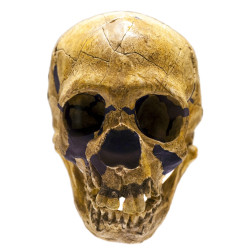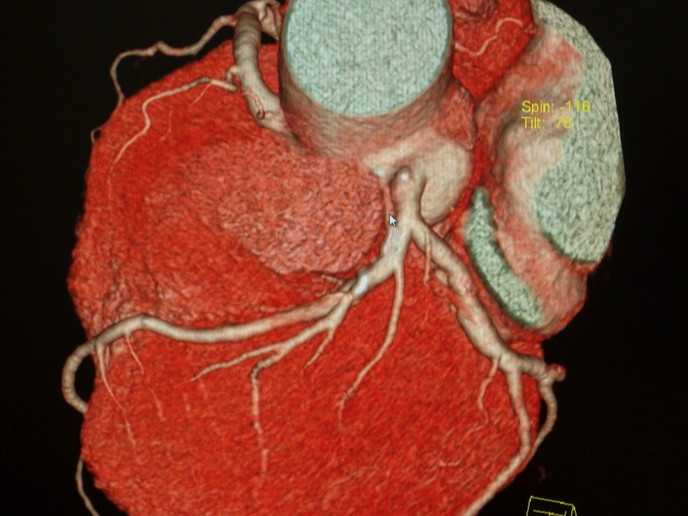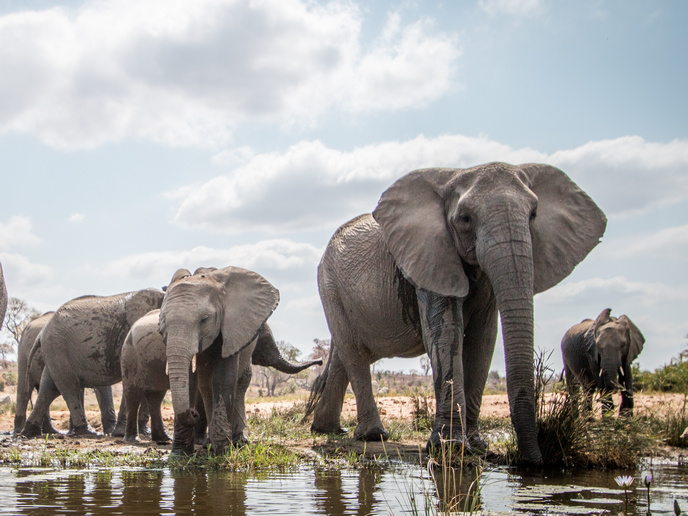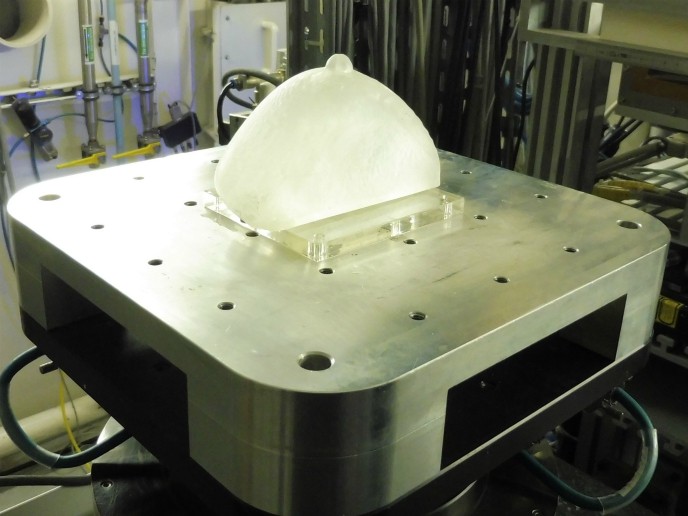Neanderthal bones reveal their secrets
The vertebral column and the thorax hold the key to explaining the development of upright posture and walking in human evolution. Furthermore, the vertebral column protects the spinal cord, which passes through the spinal canal, the size of which can indicate the neurological basis from which throwing abilities and speech evolved. The size of the thorax, however, can provide information about the respiratory capacity and bioenergetics of extinct human species. The NEANDERSTAN (Neandertal spine and thorax anatomy: 3D reconstruction, ontogeny and phylogeny) project used morphometric and virtual anthropology techniques to study the vertebral column and thorax of Neanderthals. Human vertebral column and thorax morphology are instrumental to the efficient weight transmission and balance of the torso. Together with the unique structure of the human pelvis and lower limb, they make an upright two-legged gait possible. NEANDERSTAN analysed the vertebrae and ribs of a large number of Neanderthal adult specimens. The project also virtually reconstructed the vertebral column and thorax of a Neanderthal in order to gain a better understanding of their overall anatomy. In addition, the vertebrae and ribs of an immature Neanderthal were studied to gain insights into its development. Vertebrae and ribs from the Middle and Lower Pleistocene were studied to assess the evolution of these two anatomical regions in Neanderthals and in modern humans. For the first time, project results provided a description of fossils that gave an exact idea of the Neanderthal vertebral column and thorax morphology. These were found to be significantly different from those of modern humans. In another first, the 3D reconstruction of a complete spine and thorax revealed that Neanderthals had a more inward folding vertebral column. This feature, known technically as invagination, is believed to have compensated for the low degree of inward curvature present in the lower back. Project results will appear in scientific journals and as a chapter in a book titled 'Neanderthal Skeletal Anatomy'. The conclusion was that the vertebral column and thorax of Neanderthals were anatomical regions with distinct morphology from that of modern humans.
Keywords
Neanderthal, vertebral column, thorax, spine, anatomy, morphology







